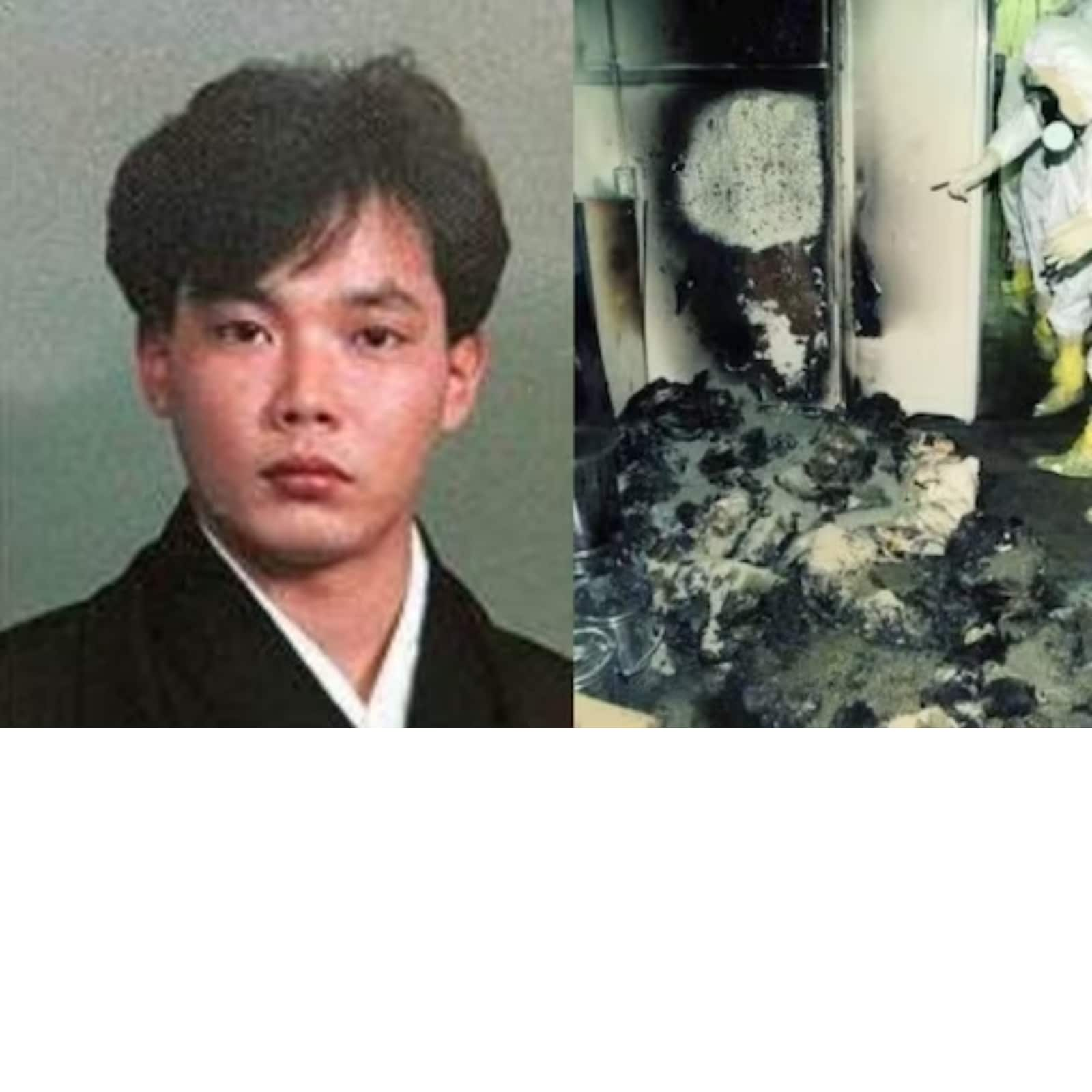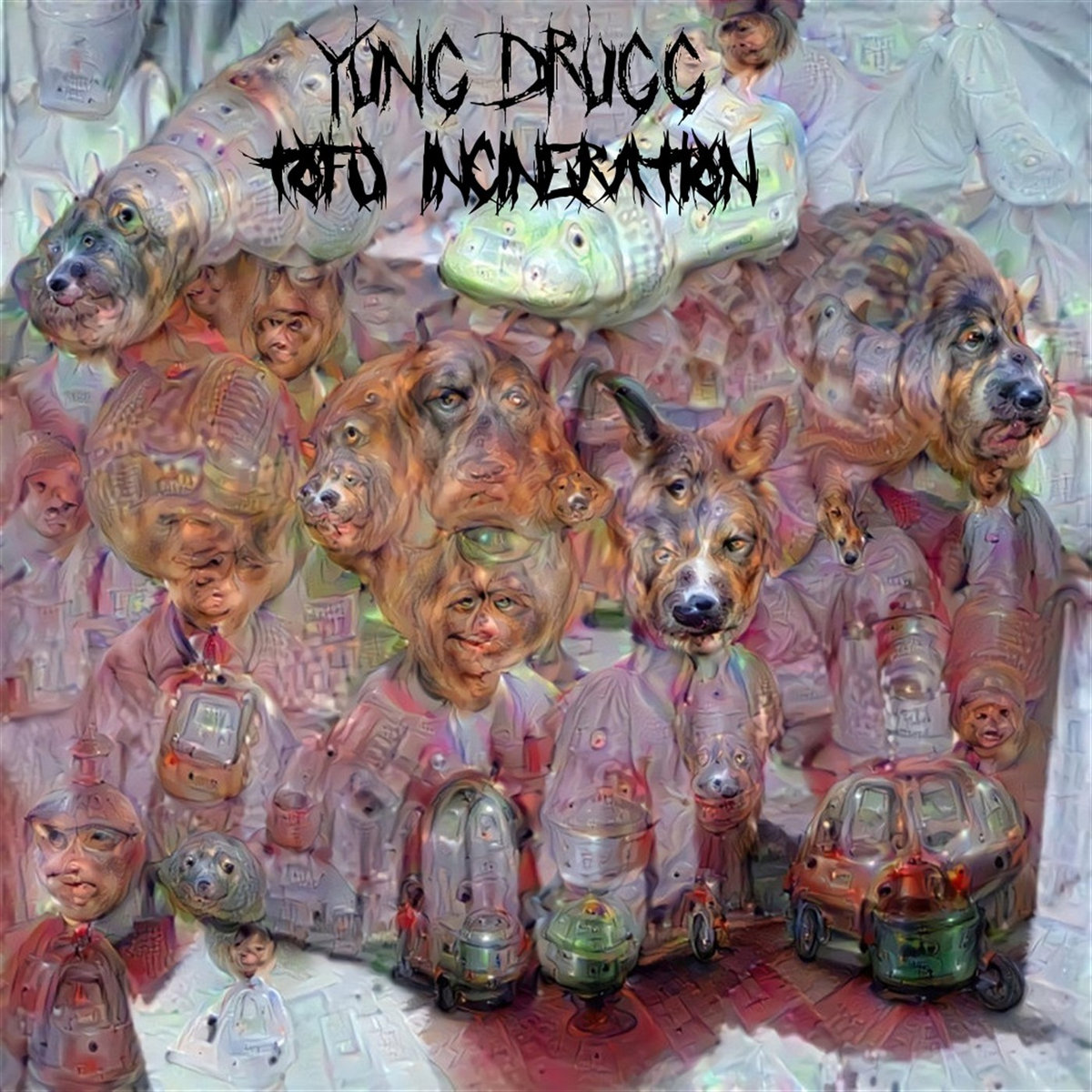On October 5, 1999, Hisashi Ouchi's life changed forever in one of Japan's worst nuclear accidents. This tragic event at the Tokaimura uranium reprocessing facility captured global attention and highlighted the dangers of nuclear technology. Hisashi's story became a symbol of human resilience and the consequences of nuclear mishaps. His case remains one of the most extensively studied examples of radiation exposure in medical history.
As we delve into Hisashi Ouchi's life, we must remember that his story isn't just about numbers and statistics. It's about a person who endured unimaginable suffering with incredible strength. His story serves as a reminder of the importance of safety protocols in nuclear facilities worldwide.
This article aims to explore Hisashi's journey, from his life before the accident to his courageous battle with severe radiation sickness. We'll also examine the lessons learned from this tragedy and how it shaped nuclear safety standards globally.
- Kim Kardashian Boyfriends A Deep Dive Into Her Love Life Journey
- Catherine Aikman The Inspiring Journey Of A Remarkable Woman
Biography of Hisashi Ouchi
Before diving into the details of the accident, let's take a moment to understand who Hisashi Ouchi was. Born in 1968, Hisashi grew up in the small town of Tokaimura, Japan. He worked as an operator at the JCO nuclear fuel processing plant, where he was responsible for handling uranium solutions.
Below is a summary of Hisashi's personal information:
| Name | Hisashi Ouchi |
|---|---|
| Date of Birth | 1968 |
| Place of Birth | Tokaimura, Japan |
| Occupation | Nuclear Fuel Processor |
| Employer | JCO Company |
Understanding the Tokaimura Accident
The Tokaimura accident wasn't just any incident; it was a catastrophic failure of safety protocols. On that fateful day in 1999, Hisashi and two coworkers were mixing uranium in a precipitation tank when things went terribly wrong. Instead of adding uranium slowly, they poured it in large quantities, triggering a self-sustaining nuclear chain reaction.
- Bozemans Best Funeral Homes A Comprehensive Guide To Honoring Your Loved Ones
- Ethan And Hila Klein The Power Couple Redefining Youtube Content
What Exactly Happened?
Here's a breakdown of the events:
- Workers violated safety procedures by mixing uranium in a stainless steel tank instead of using the designated equipment.
- The tank reached critical mass, emitting intense neutron radiation and gamma rays.
- Hisashi was exposed to approximately 17 sieverts of radiation, a lethal dose far exceeding the annual occupational limit of 50 millisieverts.
The Immediate Aftermath
When the accident occurred, Hisashi's condition deteriorated rapidly. His body absorbed radiation equivalent to 400 chest X-rays. Emergency responders rushed him to the University of Tokyo Hospital, where doctors faced an unprecedented medical challenge.
Initial Symptoms
Hisashi experienced severe symptoms almost immediately:
- Burn-like skin damage
- Extreme nausea and vomiting
- Drop in white blood cell count
- Organ failure
Medical Battle Against Radiation Poisoning
Doctors worldwide watched as Hisashi's medical team attempted groundbreaking treatments. The case became a real-life medical drama, with specialists from France and the United States lending their expertise.
Unprecedented Medical Procedures
Some of the treatments included:
- Multiple blood transfusions
- Bone marrow transplants
- Experimental drugs to stimulate blood cell production
Lessons Learned from Hisashi's Case
Hisashi's tragedy led to significant changes in nuclear safety regulations. Governments and organizations worldwide revisited their protocols to prevent similar incidents. The International Atomic Energy Agency (IAEA) issued stricter guidelines, emphasizing the importance of training and compliance.
Key Changes Implemented
Here are some of the improvements:
- Enhanced worker training programs
- Improved monitoring systems
- Stricter oversight of nuclear facilities
Psychological Impact on Survivors
While Hisashi didn't survive, his coworkers endured their own battles with radiation sickness. The psychological toll on them and their families was immense. Support groups formed to help victims cope with trauma and stigma associated with radiation exposure.
Support Systems
Resources provided included:
- Counseling services
- Financial assistance
- Community support networks
Global Response to the Tragedy
The international community responded swiftly to the Tokaimura accident. Scientists and policymakers convened to discuss preventive measures and emergency response strategies. The incident highlighted the need for global cooperation in nuclear safety.
International Initiatives
Some of the efforts included:
- Establishing international safety standards
- Sharing research and technology
- Creating emergency preparedness programs
Legacy of Hisashi Ouchi
Though Hisashi's life was tragically cut short, his legacy lives on through the advancements in nuclear safety and medical research. His case remains a critical reference point for understanding severe radiation exposure.
Remembering Hisashi
Hisashi's story reminds us of the importance of vigilance and responsibility in handling nuclear materials. It also underscores the resilience of the human spirit in the face of adversity.
Conclusion: Moving Forward with Lessons Learned
Hisashi Ouchi's story is one of courage and resilience in the face of unimaginable circumstances. His case taught us invaluable lessons about nuclear safety and the importance of following protocols. As we continue to advance in nuclear technology, let's remember the sacrifices made by individuals like Hisashi.
We invite you to share your thoughts and reflections on this article. Your feedback helps us improve and provide even more valuable content. Don't forget to explore other articles on our site for more insights into nuclear safety and related topics.
Remember, every story has the power to change the world. Let's honor Hisashi's memory by ensuring that his tragedy never repeats itself.
Table of Contents
- News Anchors Salaries The Inside Scoop On What They Really Earn In 2023
- Unveiling The Legacy Obituaries Mpls Ndash A Journey Through Lives Remembered


